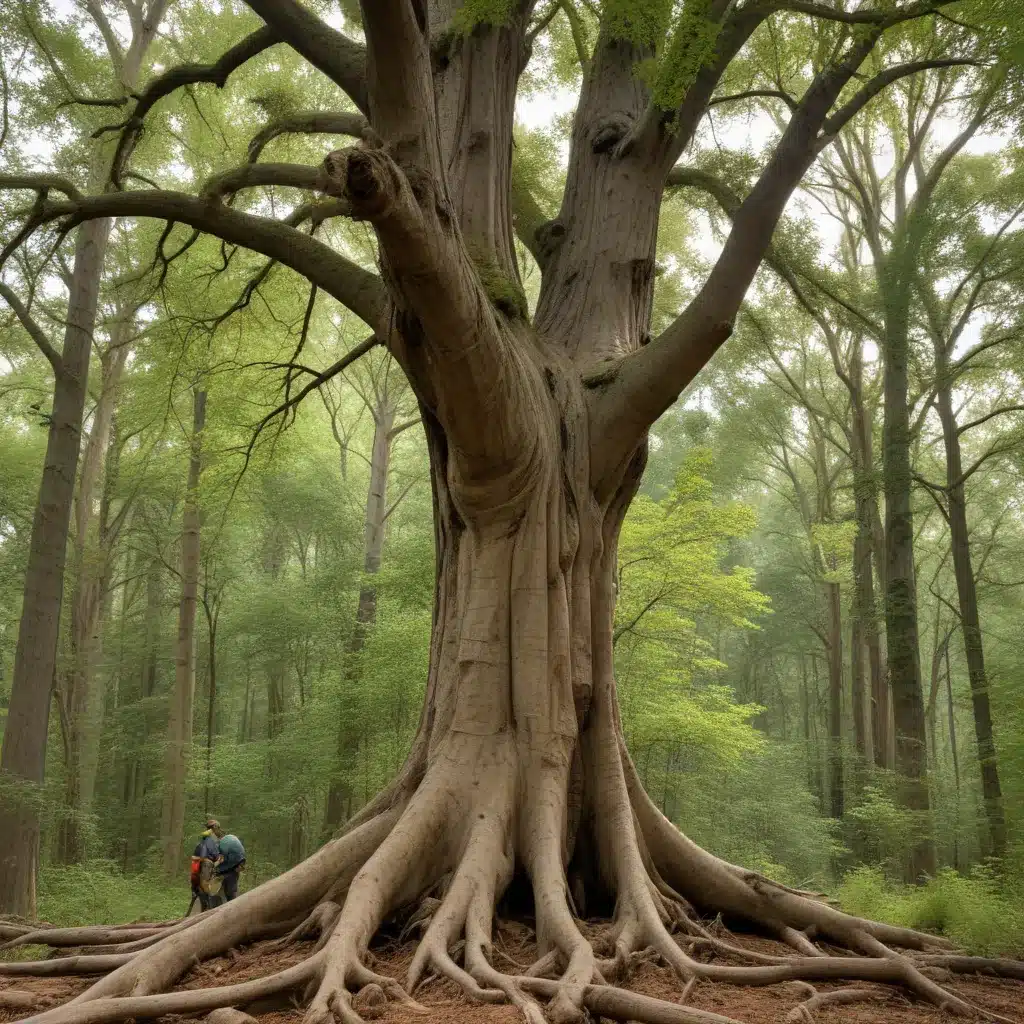
The urban forestry landscape is rife with multifaceted challenges, as cities grapple with the mounting pressures of environmental crises. From the intensifying impacts of climate change to the pervasive threat of ecological degradation, the imperative to safeguard our precious tree canopies has never been more pressing. As a tree care specialist at TriCounty Tree Care, I am compelled to share insights into the critical role of tree preservation in navigating these complex crisis scenarios.
Environmental Crises and the Urgency of Tree Preservation
The cascading effects of natural disasters, such as wildfires, flooding, and severe storms, pose an immediate threat to urban forests. These calamities can not only result in the direct loss of trees, but also disrupt the delicate balance of ecosystems, undermining the long-term resilience of our green infrastructure. Simultaneously, the relentless march of climate change introduces a host of insidious dangers, from the proliferation of invasive pests to the intensification of drought and heat stress, all of which jeopardize the health and longevity of our cherished urban trees.
Beyond these environmental threats, the degradation of natural habitats through unsustainable development and land-use changes represents a pervasive challenge. As cities expand and urbanization encroaches upon fragile ecosystems, the preservation of existing tree canopies becomes a critical battleground in the fight to maintain biodiversity and safeguard the intricate web of life that sustains us all.
Prioritization Strategies for Tree Preservation
Confronting these multifaceted crises requires a multifaceted approach, one that encompasses risk assessment, stakeholder engagement, and the careful consideration of policy imperatives. By thoroughly evaluating the potential threats to our urban forests, we can strategically allocate resources and develop targeted interventions to protect our most valuable tree assets.
Engaging with a diverse array of stakeholders, from municipal authorities to community groups, is essential in crafting preservation strategies that resonate with the unique needs and priorities of each locality. This collaborative approach ensures that the preservation of trees aligns with broader urban planning objectives, balancing the complex interplay of environmental, economic, and social considerations.
The Benefits of Tree Preservation
The preservation of trees during times of crisis is not merely a noble endeavor; it is a strategic investment in the long-term well-being of our communities. Ecosystem services, such as air purification, stormwater management, and carbon sequestration, are inextricably linked to the health and vitality of our urban forests. By safeguarding these precious resources, we can mitigate the impacts of environmental crises, enhance the livability of our cities, and contribute to the global fight against climate change.
Moreover, the preservation of urban trees holds immense ecological value, serving as sanctuaries for diverse flora and fauna. These urban green spaces play a crucial role in maintaining biodiversity, providing crucial habitats and migration corridors for a myriad of species. In this way, tree preservation becomes a cornerstone of biodiversity conservation, ensuring the continued flourishing of the natural world within our urban landscapes.
Crisis Situations and their Impacts on Trees
The threats to our urban forests manifest in myriad forms, each with its unique set of challenges and consequences. Natural disasters, such as wildfires, flooding, and severe storms, can wreak havoc on tree populations, leaving a trail of destruction in their wake. The sheer force of these events can uproot and topple trees, while the secondary effects, such as soil erosion and water contamination, can compromise the long-term viability of remaining trees.
Equally insidious are the anthropogenic crises that arise from unsustainable land-use practices and development pressures. As cities expand and infrastructure projects encroach upon forested areas, the fragmentation and loss of habitat can have devastating impacts on urban tree populations. Deforestation and the conversion of green spaces to built environments represent an existential threat to the delicate balance of our urban ecosystems.
Preservation Approaches: Proactive and Reactive Measures
In the face of these multifaceted crises, a comprehensive approach to tree preservation is essential. This involves a two-pronged strategy that encompasses both proactive measures and reactive interventions.
Proactive measures focus on anticipating and mitigating potential threats. This may include the development of early warning systems to identify and monitor high-risk areas, the implementation of robust emergency planning protocols, and the implementation of community-based education initiatives to foster a deeper understanding of the importance of tree preservation.
Reactive interventions, on the other hand, are designed to respond swiftly and effectively to immediate crisis situations. This may involve rapid response teams trained in the assessment and triage of damaged trees, strategic damage mitigation techniques to minimize further harm, and comprehensive restoration efforts to rehabilitate and revitalize affected tree populations.
Challenges and Tradeoffs in Tree Preservation
The pursuit of tree preservation is not without its challenges and tradeoffs. Resource constraints, such as funding limitations and workforce availability, can hinder the implementation of comprehensive preservation strategies. The logistical complexities inherent in coordinating multi-stakeholder responses during crisis situations can further exacerbate these challenges.
Moreover, the preservation of trees may at times come into conflict with other pressing priorities, such as the need for infrastructure development or the imperative to address economic considerations. Balancing these competing interests requires a nuanced approach that considers the broader implications for social equity and the long-term sustainability of our communities.
Navigating these challenges and tradeoffs demands a deep understanding of the intricate web of factors at play, as well as a steadfast commitment to finding innovative solutions that prioritize the preservation of our urban forests. By embracing this holistic approach, we can ensure that the trees that grace our cities not only survive, but thrive, even in the face of the most daunting environmental crises.
For more information on tree preservation and the services offered by TriCounty Tree Care, please visit www.tricountytreecare.com.


